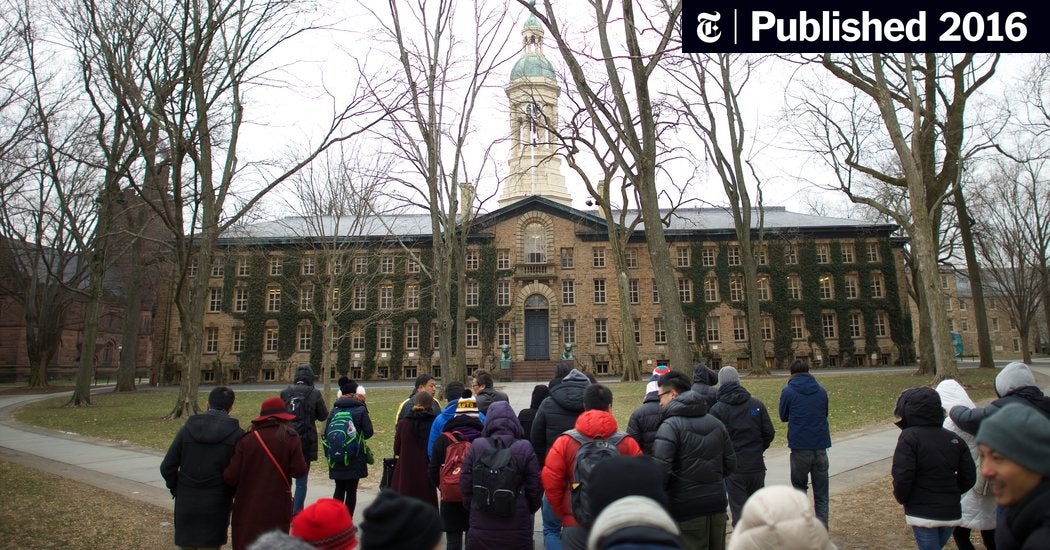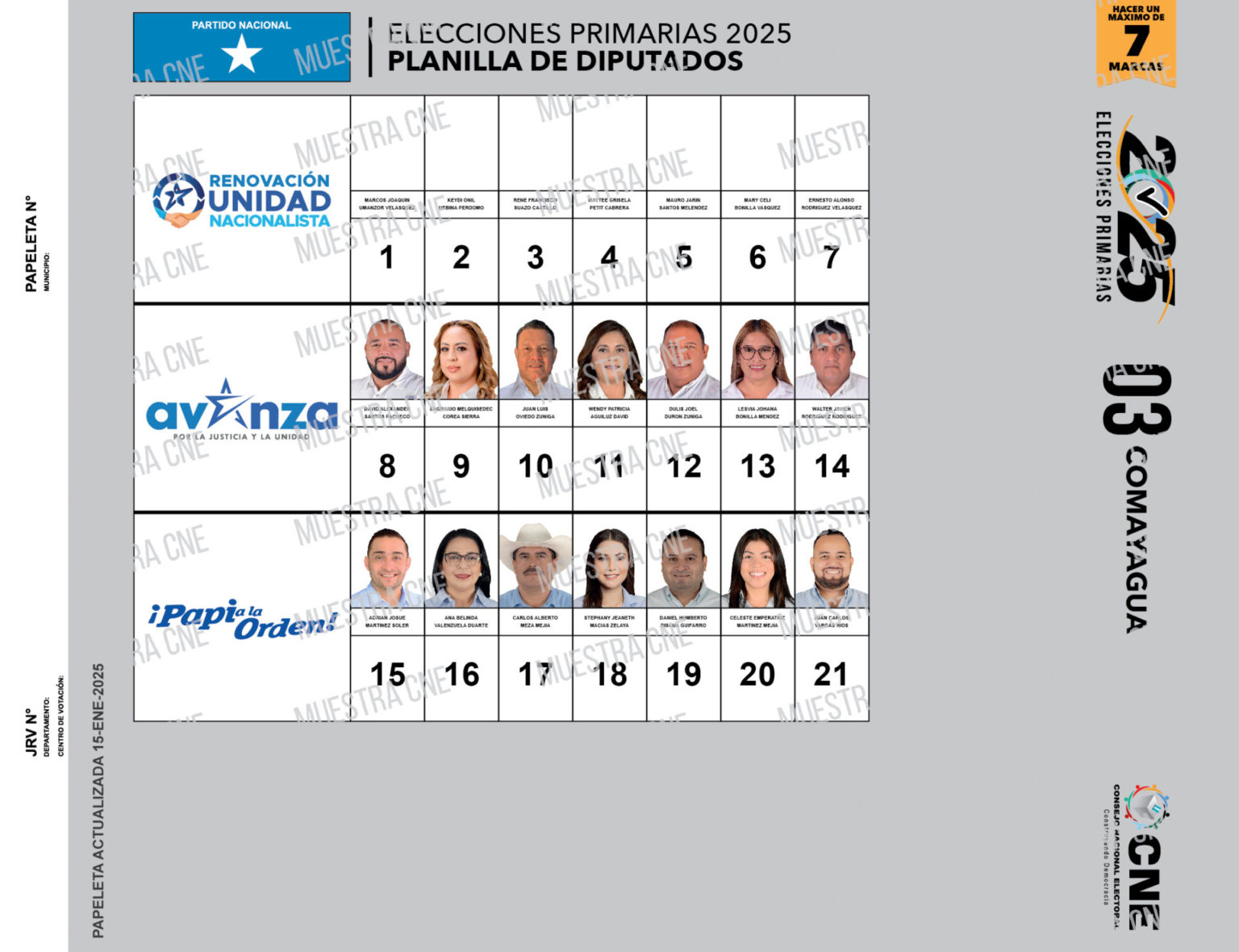Fairness And Access: Rethinking College Admissions Standards And Diversity Initiatives

Table of Contents
Current College Admissions Standards: A Critical Analysis
College admissions standards significantly impact who gains access to higher education. A critical analysis reveals both strengths and weaknesses in the current system, highlighting the need for reform to ensure fairness and access for all.
The Role of Standardized Tests
Standardized tests like the SAT and ACT have long played a crucial role in college admissions, often touted as objective measures of academic merit. However, their use is increasingly debated.
- Arguments for meritocracy: Proponents argue that standardized tests provide a common yardstick for comparing applicants from diverse backgrounds and high schools, promoting a level playing field based on academic achievement.
- Concerns about socioeconomic disparities and test bias: Critics point to significant score gaps between different demographic groups, often attributed to socioeconomic disparities and inherent biases in test design. Students from wealthier backgrounds often have access to better test preparation resources, creating an uneven playing field. Studies show a correlation between family income and SAT scores.
- Alternative assessment methods: Many institutions are exploring alternative assessment methods, such as considering class rank, portfolio reviews, and interviews, to create a more holistic view of an applicant's abilities.
- The impact of test-optional policies: The growing trend of test-optional policies reflects a recognition of the limitations of standardized tests and their potential to disproportionately disadvantage certain student populations. Data on the impact of test-optional policies on diversity and access is still emerging but shows promising trends.
The Weight of GPA and Course Rigor
GPA and the rigor of a student's high school coursework are also significant factors in college admissions. However, these too present challenges regarding fairness and access.
- Access to advanced courses and resources: Students from affluent school districts often have access to a wider range of advanced placement (AP) and International Baccalaureate (IB) courses and better-resourced schools, leading to higher GPAs and a more competitive application.
- Variations in high school quality: The quality of high schools varies drastically depending on location and funding, creating significant disparities in the educational opportunities available to students. A student with a 3.8 GPA from an under-resourced high school may not be as academically prepared as a student with the same GPA from a highly resourced school.
- The challenges faced by students from under-resourced schools: Students from under-resourced schools often face significant barriers to accessing advanced courses and achieving high GPAs, putting them at a disadvantage in the college admissions process. This is a direct example of the opportunity gap widening.
Holistic Review and its Limitations
Many colleges employ holistic review, considering a wide range of factors beyond grades and test scores. While aiming for a more nuanced assessment, holistic review also presents challenges.
- Defining "holistic": The definition of "holistic" can vary widely among institutions, leading to inconsistencies in the admissions process.
- Subjective elements in the review process: The subjective nature of holistic review raises concerns about potential bias, whether conscious or unconscious, in evaluating applicants.
- Potential for implicit bias: Implicit biases can influence how admissions officers evaluate extracurricular activities, letters of recommendation, and essays, potentially disadvantaging students from underrepresented groups.
- Strategies to mitigate bias in holistic review: Training admissions officers on implicit bias and developing standardized evaluation rubrics can help mitigate bias in the holistic review process. Blind review processes, where demographic information is withheld from reviewers, are also being explored.
Diversity Initiatives: Effectiveness and Challenges
Diversity initiatives are crucial in addressing historical inequities and promoting inclusivity in higher education. However, these initiatives also face significant challenges and criticisms.
Affirmative Action Policies: Arguments For and Against
Affirmative action policies, designed to increase representation of underrepresented minority groups, remain highly controversial.
- Arguments in favor of promoting diversity and social mobility: Supporters argue that affirmative action is necessary to redress historical injustices and create a more diverse student body, enriching the educational experience for all students and promoting social mobility.
- Concerns about reverse discrimination: Critics argue that affirmative action constitutes reverse discrimination, unfairly disadvantaging qualified students from majority groups.
- Legal challenges to affirmative action: The legality and constitutionality of affirmative action policies have been repeatedly challenged in court, leading to evolving legal interpretations and limitations on their implementation. Landmark Supreme Court cases, such as Grutter v. Bollinger and Fisher v. University of Texas, highlight these ongoing legal battles.
Targeted Outreach and Support Programs
Targeted outreach and support programs play a vital role in increasing access for underrepresented groups.
- Examples of successful outreach programs: Many colleges and universities have implemented successful outreach programs targeting specific underserved communities, including low-income students, first-generation college students, and students from underrepresented racial and ethnic groups. These often involve partnerships with local high schools and community organizations.
- Challenges in reaching and supporting students from marginalized communities: Reaching and supporting students from marginalized communities requires understanding and addressing the unique challenges they face, such as limited access to information about college, financial constraints, and systemic barriers to educational success.
- The importance of mentorship and financial aid: Mentorship programs and generous financial aid packages are crucial in ensuring that students from underrepresented backgrounds have the support they need to succeed in college.
Creating Inclusive Campus Environments
Creating a truly inclusive campus environment extends beyond the admissions process.
- The role of campus culture in student success: A welcoming and supportive campus climate is essential for the success of students from all backgrounds.
- Strategies for creating welcoming and supportive environments for all students: Colleges and universities can create inclusive environments through diversity training for faculty and staff, cultural awareness programs, and student-led initiatives promoting inclusivity.
- The importance of faculty and staff diversity: Having a diverse faculty and staff is crucial in creating a sense of belonging and providing role models for students from underrepresented groups.
Conclusion
Achieving fairness and access in college admissions is a complex challenge requiring a multifaceted approach. While standardized tests, GPAs, and holistic reviews each have merit, they must be considered within the context of systemic inequities in access to quality education and resources. Effective diversity initiatives, including carefully considered affirmative action policies, targeted outreach, and sustained efforts to foster inclusive campus environments, are essential to creating a more equitable system. Rethinking Fairness and Access in College Admissions requires ongoing dialogue and innovative solutions. Let's work together to create a more equitable system that provides opportunities for all students to pursue higher education. For more information on resources dedicated to improving college access and diversity, visit [link to relevant resource/organization].

Featured Posts
-
 Elecciones Primarias 2025 Controversia Por 18 Recursos De Nulidad
May 19, 2025
Elecciones Primarias 2025 Controversia Por 18 Recursos De Nulidad
May 19, 2025 -
 Frances Proposed Migrant Deportation To Remote Island A Detailed Analysis
May 19, 2025
Frances Proposed Migrant Deportation To Remote Island A Detailed Analysis
May 19, 2025 -
 Haaland Surpasses Shearer And Cantona Fastest To 100 Epl Goal Involvements
May 19, 2025
Haaland Surpasses Shearer And Cantona Fastest To 100 Epl Goal Involvements
May 19, 2025 -
 Ufc 313 Results Full Fight Highlights Kos And Submissions
May 19, 2025
Ufc 313 Results Full Fight Highlights Kos And Submissions
May 19, 2025 -
 The 2025 Class Of Vermont Presidential Scholars
May 19, 2025
The 2025 Class Of Vermont Presidential Scholars
May 19, 2025
